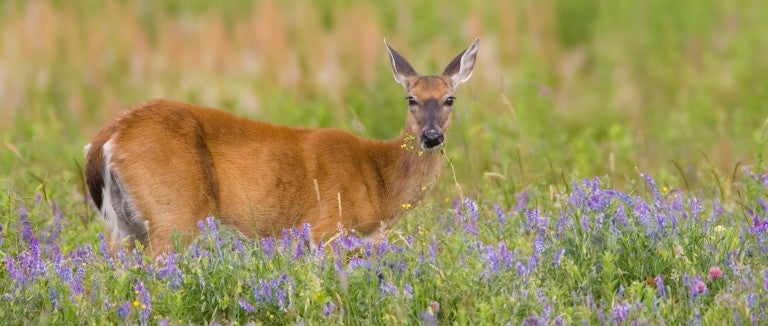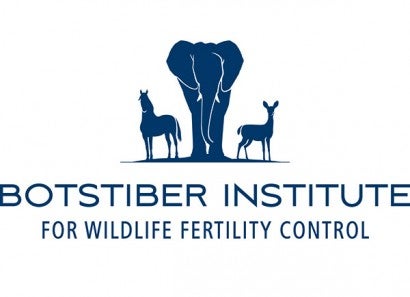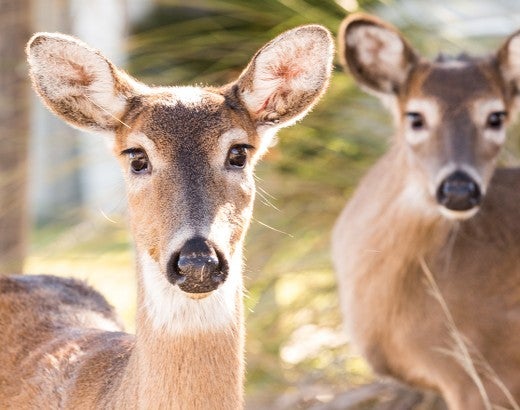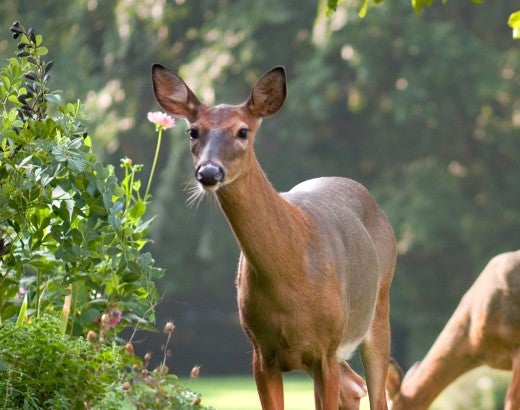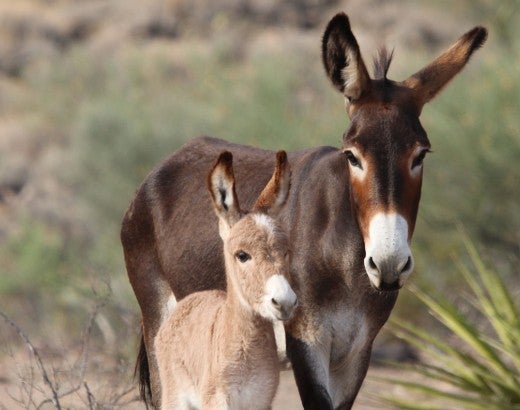Conflicts between humans and wildlife are increasing as human populations and urbanization continue to expand globally. A number of additional factors increase the likelihood of human-wildlife interactions and those include wild animals adapting to and flourishing in urban areas, rural areas encroaching on wilderness habitat and park land, as well as park, wildlife management and wilderness areas faced with finite carrying capacities.
Until recently, efforts to resolve such conflicts associated with expanding wildlife populations focused primarily on lethal control including, but not limited to, using lethal methods such as firearms, archery equipment, traps and toxicants.
In the late 20th century, in response to human health and safety, animal welfare and environmental concerns associated with these traditional wildlife population management practices, researchers began exploring the possibility of mitigating conflicts associated with population size by using fertility control methods.
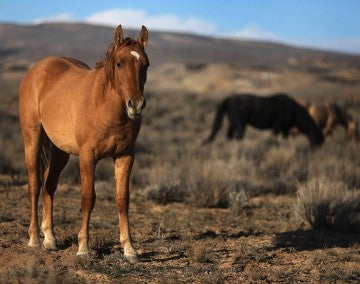
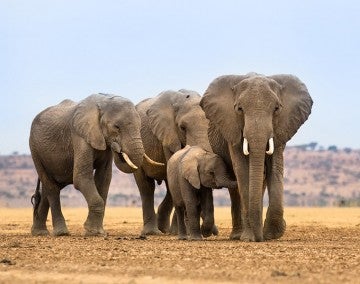
The BIWFC serves as a resource center and information repository for the field of wildlife fertility control by way of:
- Events: Stimulating vital discussion, collaboration and networking by organizing conferences, workshops, symposiums and seminars.
- Grants: Awarding grants to support wildlife fertility control public policy and education projects.
- Education: Educating wildlife managers, policymakers and the public about the role that wildlife fertility control could play in mitigating human-wildlife conflicts and promoting coexistence.
